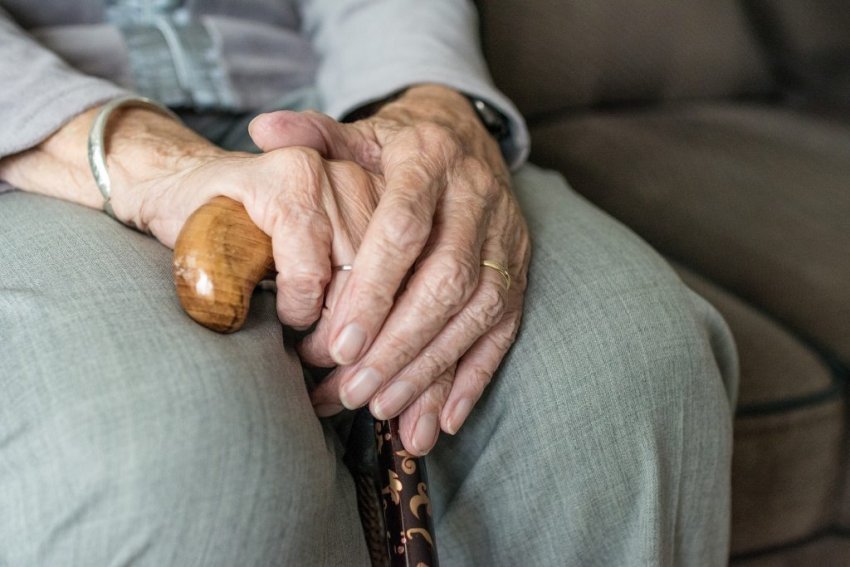
Former Labor prime minister Paul Keating told the Royal Commission into Aged Care Quality and Safety on September 14 that a Higher Education Contribution Scheme–type model should be introduced to fund aged care.
The commission is currently investigating the funding and regulation of the aged-care sector.
Residential care providers receive $12.4 billion from the federal government and individuals each year. However, there is no requirement that providers spend that money on care.
Keating proposed that elderly people be given credits towards their care, and that their estate be used to pay off the loans after their death. “We’re not forcing anyone out of their home in old age; we’re not obliging an aged person to negatively mortgage their home,” he argued defensively. “You’re not asking members of families to chip in and pay for their relatives. I think such a system has a lot of advantages.”
On September 14, counsel assisting the royal commission Peter Gray QC criticised the fact that residential care providers’ annual reporting requirements do not reveal how the money is used, or the profit or loss from providing residential care services. He said providers receive $11.7 billion a year in federal funding and $12.4 billion in revenue, which includes residents’ contributions.
Forty nine per cent of all aged-care operators are for-profit providers, according to research given to the commission by tax advisory body BDO Australia. Rick Morton reported in the September 12 Saturday Paper said that the top quarter of these rake in profits which are almost four times greater than other such privates aged-care providers elsewhere in the world.
There are 873 residential aged-care providers across Australia. By income, the 60 largest providers and their affiliated entities took in almost $19.6 billion last year.
The commission is wrestling with the question of how to fund an increasingly dysfunctional aged care system which, since 1997, has been increasingly deregulated and privatised.
According to the 2018–19 report on the Operation of the Aged Care Act, home-care package providers have now outstripped residential-care providers. It put the sector’s growth down to the “attractiveness of a more market-based environment”: the government spent $2.5 billion in home-care subsidies and supplements.
Keating said it was an outrage that in a rich country about 100,000 people were waiting for a home care package at the level to which they had been assessed.
He’s right, but his solutions are not.
Author and OECD adviser Marc Robinson said the HECS-type model to fund aged care would not work because the biggest ongoing problem for the sector is the minority of elderly people who end up needing long periods of expensive residential care, because they suffer from dementia or another severe disability.
He said everyone should be protected against this risk through social insurance “which would pay for aged care costs above a certain threshold”.
“That way, those who end up being part of this unlucky minority would be protected from the huge financial burden of care. Everybody should pay a premium — in the form of a supplement to the Medicare levy in order to pay for this insurance.”
Robinson criticised the approach. “Keating’s proposal is, in effect, that everyone should pay the full cost of their aged care unless there are insufficient assets in their estates to do so. This would be like having a health system in which government lends everybody money to pay for their healthcare during their lives, and then grabs the estates of anyone who had incurred very high healthcare expenses during their lives due to particularly poor health.”
Robinson said that a just and effective aged-care system is one that not only looks after people who have limited capacity to pay, but also protects everyone against the risk of drawing the short straw in the “dementia lottery”.
He said that this was the guiding principle of aged-care policy in countries with the best aged care systems such as Japan, Germany and the Netherlands.
Insurance has to be compulsory for everyone to work, he said, adding that a government insurance system is simpler and more efficient.
A more humane approach to aged care, nursing homes and home care for the aged would be to bring it under the health care sector and fund it under Medicare and the hospital system.
The sector could easily be funded from general revenue and a progressive Medicare levy — rather than a flat tax rate of 1.5%, as it is now. The levy should increase as a percentage of income as it rises.
Instead of cutting company tax, as the federal government is pushing, those taxes should be raised and vigorous measures implemented to stop rampant tax evasion.
Introducing an aged-care funding model similar to the HECS system for higher education, would introduce the same flaw as in 1989: as a user-pays system, it imposes the financial burden of onto the individual, regardless of their ability to pay.
Access to health care and welfare for the elderly should be provided by the state, and funded from a progressive taxation system.
The pandemic has shown the deadly consequences of Australia’s largely privatised aged-care sector: from a national total of just over 800 deaths from COVID-19, more than 600 were elderly people.